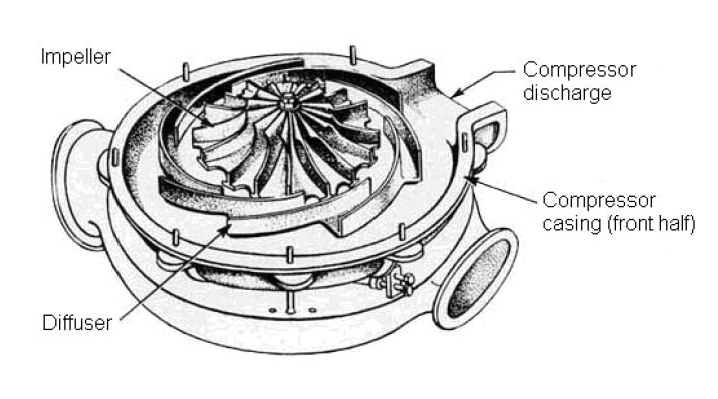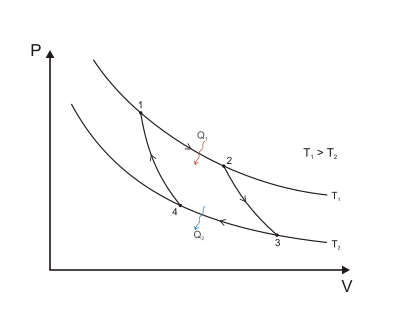Table of content:
STP (Standard Temperature & Pressure) Conditions
NTP (Normal Temperature & Pressure) Conditions
SATP (Standard Ambient Temperature and Pressure)
Difference between STP and NTP
Purpose and applications of standard temperature and pressure conditions
Using the standard T & P conditions
STP (Standard Temperature & Pressure) Conditions
Temperature and pressure vary from place to place, so it is important to have a standard reference for these values when conducting experiments or making measurements. This standard reference is called standard temperature and pressure (STP), and it is defined as 0 degrees Celsius (273.15 K) and 1 atmosphere (atm) of pressure.
STP is used to ensure that the results of experiments are comparable, regardless of where or when they are conducted. It is also used to simplify the equations that are used to calculate the properties of matter. For example, the volume of a gas is a function of both pressure and temperature. At STP, 1 mol of gas occupies 22.4 liters (L) of volume.
STP is most commonly specified for gases because their characteristics tend to change dramatically with changes in temperature and/or pressure.
The precise definition of STP depends on the organization. That's why it's best to explicitly state the temperature and pressure reference conditions instead of simply stating that a measurement was performed at STP or standard conditions.
Values of standard temperature and pressure (STP) depend on the organization which defines them. Usually the standard pressure is close to atmospheric pressure and standard temperature is close to room temperature value.
| Defining Organization | Temperature in 0C | Pressure in kPa |
| IUPAC | 0 | 100.0 |
| NIST, ISO 10780 | 0 | 101.325 |
| ISA, ISO 13443 | 15 | 101.325 |
| EPA | 25 | 101.325 |
| SATP | 25 | 100.0 |
| CAG | 20 | 100.0 |
| SPE | 15 | 100.0 |
| ISO 5011 | 20 | 101.3 |
| Defining Organization | Temperature in 0F | Pressure in psi |
| SPE, OSHA | 60 | 14.696 |
| OPEC, U.S. EIA | 60 | 14.73 |
| U.S. Army Standard Metro | 59 | 14.503 |
| ISO 2314, ISO 3977-2 | 59 | 14.696 |
Other common standards for temperature and pressure include NTP and SATP conditions.
NTP (Normal Temperature & Pressure) Conditions
NTP stands for Normal Temperature and Pressure. It is another set of standard conditions used in scientific calculations and measurements, particularly in the field of gas behavior. The conditions for NTP are as follows:
- Normal Temperature: The normal temperature for NTP is typically defined as 20 degrees Celsius or 293.15 Kelvin.
- Normal Pressure: The normal pressure for NTP is generally defined as 1 atmosphere (atm), which is equivalent to 101.325 kilopascals (kPa) or 760 millimeters of mercury (mmHg).
Similar to conditions of STP, NTP conditions serves as a reference point for comparing and analyzing gas properties. However, it's worth noting that NTP is not as commonly used as STP and may vary depending on the specific application or region. Additionally, NTP is not a globally standardized convention, so there may be slight variations in the defined values across different contexts.
SATP (Standard Ambient Temperature and Pressure)
SATP stands for Standard Ambient Temperature and Pressure. It is another set of standard conditions used in scientific calculations and measurements, particularly in the context of gas behavior. The conditions for SATP are as follows:
- Standard Ambient Temperature: The standard ambient temperature for SATP is typically defined as 25 degrees Celsius or 298.15 Kelvin or 77 degrees Fahrenheit.
- Standard Pressure: The standard pressure for SATP is generally defined as 1 atmosphere (atm), which is equivalent to 101.325 kilopascals (kPa) or 760 millimeters of mercury (mmHg).
Difference between STP and NTP
| Property | STP | NTP |
|---|---|---|
| Temperature | 0 degrees Celsius (273.15 K) | 20 degrees Celsius (293.15 K) |
| Pressure | 1 atmosphere (atm) | 1 atmosphere (atm) |
| Use | Gases | Liquids and solids |
| Specificity | More specific | Less specific |
Purpose and applications of standard T & P conditions
Standard Temperature and Pressure (STP) conditions as well as Normal Temperature and Pressure (NTP) conditions are used as reference points in thermodynamics of gases. Normally STP and NTP conditions are used for specifying vapor volume.
This is because, volume of a given number of vapor moles is a function of temperature and pressure conditions. Hence it becomes imperative to specify the corresponding temperature and pressure for volume measurement, whenever gas quantity is specified in terms of gas volume.
Hence universally recognized reference temperature and pressure conditions can be easily used to specify gas volume measured at those conditions. This gas volume can be readily converted to number of moles or gas mass, as temperature and pressure of this standard reference point is easily known.
For example, STP conditions are often used to calculate the standard air density - which is simply air density at standard conditions.
Using the standard T & P conditions
- STP and NTP conditions are often used for engineering calculations for a gas flow or gas volume is involved. Volume of a gas varies widely with temperature & pressure. Hence is cannot be reliably be used as a measure of the molar quantity of that gas. Instead when gas volume is considered at a fixed reference temperature & pressure, its 'standard volume' is directly proportional to the molar quantity.
- Gas density measured at STP or NTP conditions is also a good measure of the composition of that gas.
- For example, standard air density (measured at standard T & P) is a good indicator of the humidity or moisture content in air.




